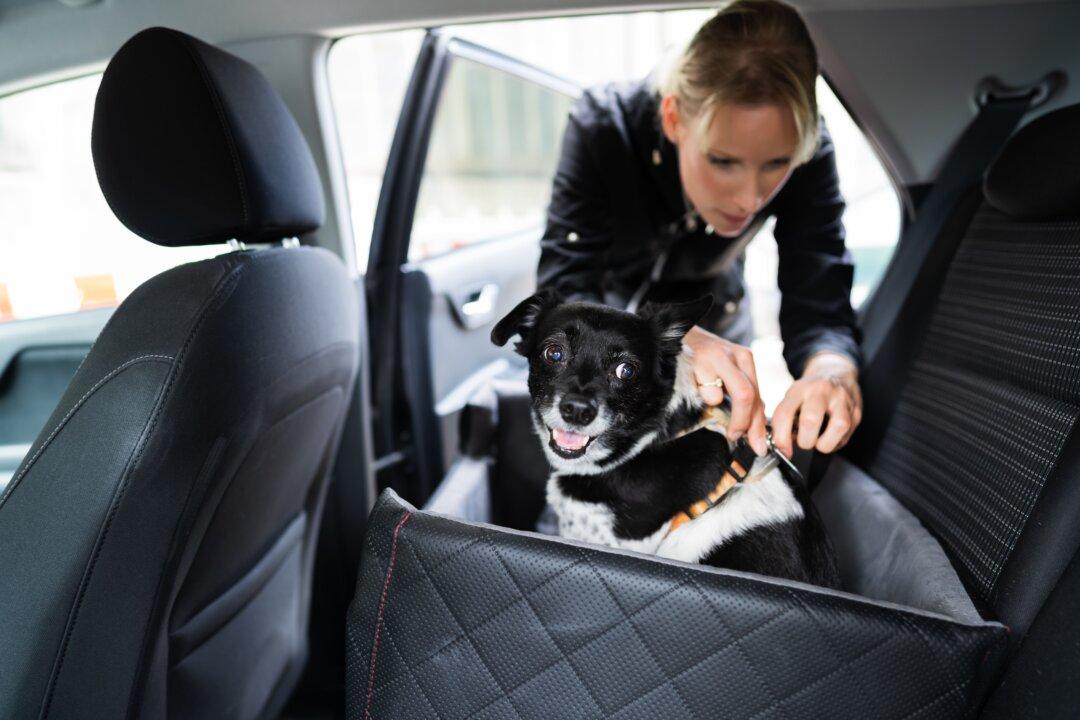Q: My partner and I disagree about whether our dog, June, should ride loose in the back seat of the car or sit in the front seat, where she’s usually on the passenger’s lap or between us. What’s your advice?
A: It’s safest for both you and June if she rides in a carrier or crate secured in the back of the car.





